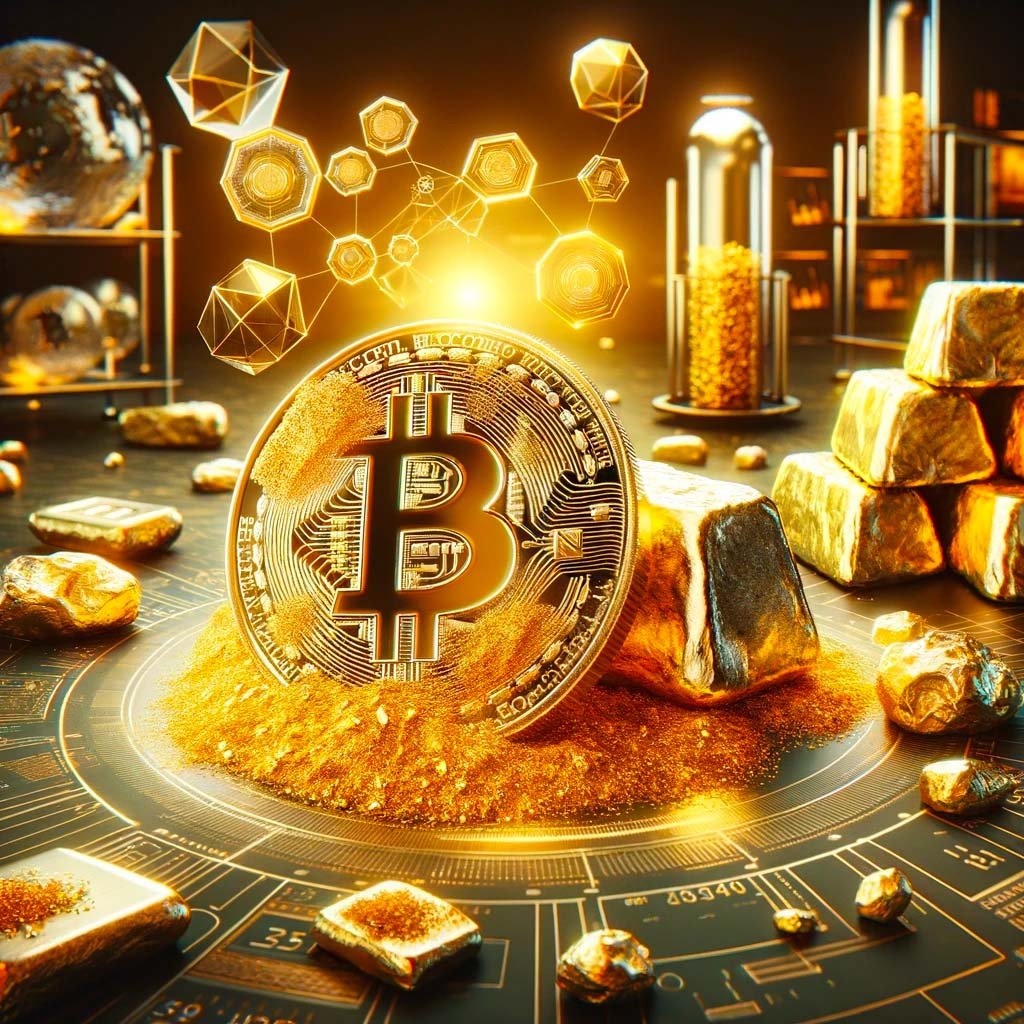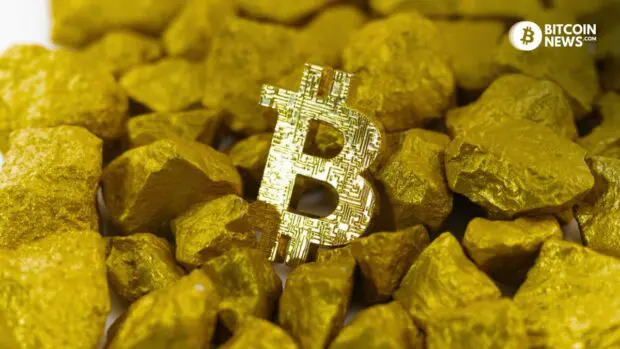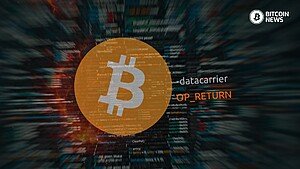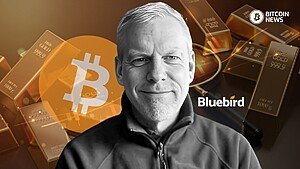Bitcoin, commonly known as “digital gold,” embodies a profound analogy that encapsulates its unique qualities mirroring those of the traditional safe-haven asset, gold. This comparison transcends mere poetic metaphor, as it is deeply rooted in the intrinsic characteristics that BTC shares with gold. Yet, the modern digital counterpart of gold has the potential to transcend the limitations that allowed gold to be captured by those with a money printer.
The Scarcity Principle: A Shared Trait of Bitcoin and Gold
One of the most striking similarities between Bitcoin and gold is their scarcity.
Bitcoin, by design, has a capped supply of 21 million coins. This finite availability echoes the limited quantity of gold on Earth, making both assets rare and valuable. The concept of limited supply plays a crucial role in preserving the value of these assets over time, as it protects them from devaluation due to oversupply, a common issue with fiat currencies.
The key difference between gold and the digital money lies in their supply responses to demand. When demand for gold rises, miners can increase production, thereby boosting supply. However, in the BTC network, no matter how much mining power is exerted, the total supply is rigidly capped at 21 million coins, making it impossible to exceed this limit.

Digital Gold and Decentralization
Another core attribute that the digital asset shares with gold is its decentralization. Unlike fiat currencies, which are controlled by governments and central banks, BTC operates on a peer-to-peer network. This decentralized nature ensures that no single entity has control over the creation, distribution, or value of Bitcoin.
Similarly, gold’s value and distribution are not dictated by any central authority, making both assets resilient to political and economic manipulations. Gold does often require third parties to trade but it is still much more decentralized than standard securities like equities and bonds which do not work at all without clearing houses.
Inherent Properties: Durability, Portability, Divisibility, and Fungibility
The practical properties of Bitcoin also draw a parallel with gold. BTC is durable, as its digital nature makes it immune to physical wear and tear. It is highly portable, with the ability to be transferred across borders instantly without the physical limitations of gold. Moreover, the digital asset is divisible, allowing transactions of any size, and fungible, meaning each unit is interchangeable, just like gold.
Safe Haven Asset: A Shield Against Economic Fluctuations
During economic uncertainties or political turmoil, investors often seek refuge in assets that offer stability and protection against inflation. Both BTC and gold have emerged as safe haven assets in such scenarios. Their independence from traditional financial systems and resistance to inflation make them attractive choices for those looking to hedge against economic instability.
Conclusion
The moniker “digital gold” is not just a superficial label but a profound recognition of Bitcoin’s role as a contemporary equivalent to gold. It shares gold’s scarcity, decentralization, intrinsic properties, and status as a safe haven asset. Fidelity’s director of global macro Jurrien Timmer even went as far as stating that Bitcoin is exponential gold.
As the world evolves into an increasingly digital landscape, Bitcoin stands as a digital testament to the enduring qualities that have made gold a trusted store of value and medium of exchange through the ages.










